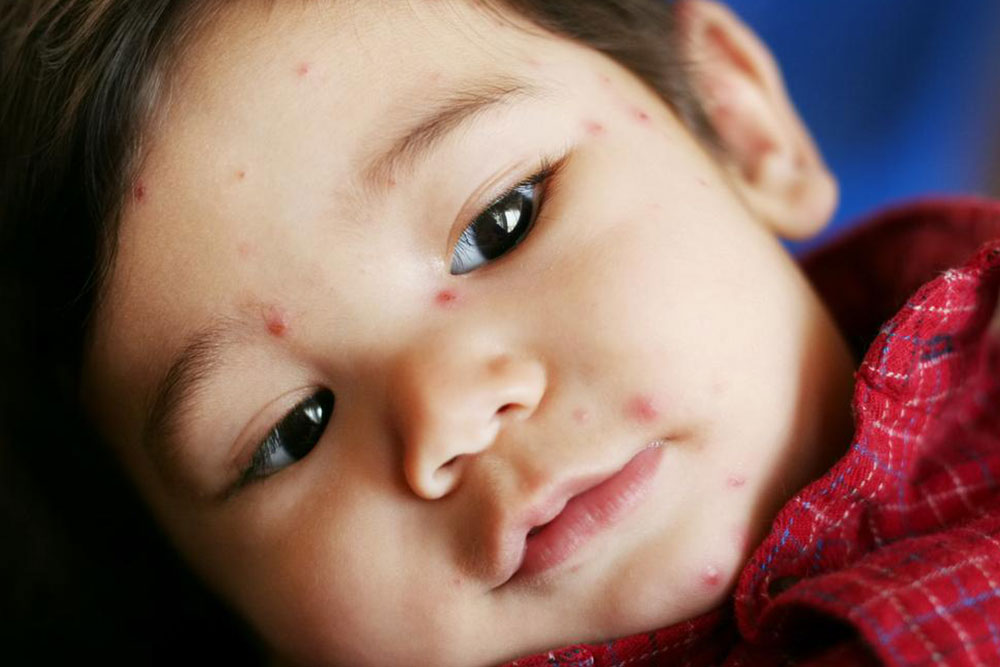5 tell-tale signs of chickenpox you should know about
Chickenpox is caused by the virus called herpes varicella-zoster virus. This virus remains dormant in the body after a bout of chickenpox. In some cases, it becomes active again and can cause shingles. A person who gets chickenpox once becomes immune to the disease for life. It is quite rare for a person to be affected by chickenpox twice. Chickenpox is a common infection that occurs during childhood. This disease can be prevented by taking a chickenpox vaccination in early childhood.
Chickenpox is contagious and spreads through sneeze and cough and also by contact with bed linens and clothing of the affected person.

The most visible symptom is the appearance of rashes and blisters with spots all over the body; if you want to know how the symptoms look like, you can check out chickenpox photos available over the Internet. The symptoms become apparent 10 to 21 days after contracting the virus. The intensity of the infection can range from mild to severe. Here are some of the early signs of chickenpox:
- Before the appearance of the rashes, the person may experience a general feeling of malaise. There might increase sensitivity to light. A fever may occur, which is worse in the case of adults than in children.
Disclaimer:
The content provided on our blog site traverses numerous categories, offering readers valuable and practical information. Readers can use the editorial team’s research and data to gain more insights into their topics of interest. However, they are requested not to treat the articles as conclusive. The website team cannot be held responsible for differences in data or inaccuracies found across other platforms. Please also note that the site might also miss out on various schemes and offers available that the readers may find more beneficial than the ones we cover.

